Polavaram project: All you need to know about the life line project of Andhra Pradesh (AP)
Later, my mother explained the importance of the irrigation projects built by him. How they went on to affect the generations to come after and make Andhra Pradesh the Rice Bowl of India. He completely changed the face of many districts by helping build the Prakasam Barrage, the Dowleswaram Barrage (Dhavaleshvaram Dam) and the Kurnool Cuddappah Canal (K. C. Canal), which help irrigate lakhs of acres till date.
Why are irrigation projects and linking of rivers important?
Irrigation projects: Irrigation projects are the lifeline to our country. India has many rivers, sub rivers but still many parts of the country are suffering from severe drought conditions, while other parts in the same region see the rivers swell into floods! The irrigation projects help bridge the gap by holding large amounts of water which can be utilized for irrigating the drought ridden areas and controlling the water levels at other areas. Many of these projects help irrigate lakhs of acres of agricultural land apart from being an important source of Hydel power.
Integration of rivers (Linking of rivers): Integration of rivers has been a long held dream since independence.Many of the our agricultural scientists, irrigation engineers and visionary Prime Ministers have considered River Integration to be critical in making India flood and drought free, provide the necessary stimulus for Indian Agriculture to flourish. The supply and demand equation can be balanced elegantly with the integration of rivers. The pitiable state of over flooding in few rivers and extremely low water levels in another few can be avoided with rivers linkage.
These projects mitigate the risk for farmers with continuous supply for water notwithstanding the uncertain monsoons. The yield of the farm produce will be increased significantly.
Background: Andhra Pradesh has a few of the most fertile districts in the country like East & West Godavari and at the same time severely drought -affected districts like Anantapur in Rayalaseema region.
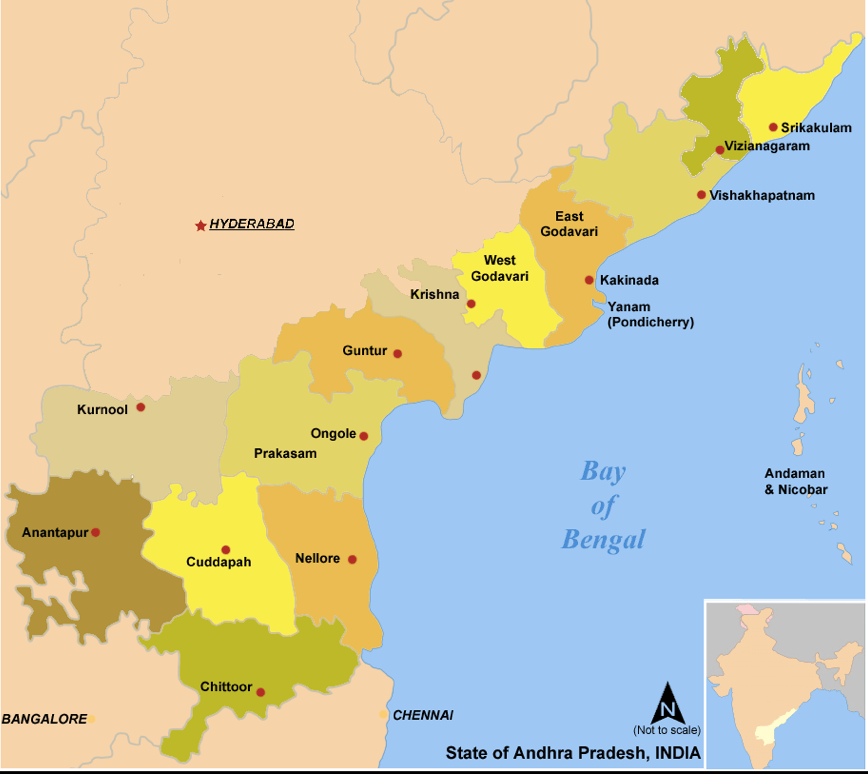
The Godavari is one of the most flooded rivers in South India, and nearly 3000 TMCs of water flows into the ocean as wastage every year. Whereas the water levels in other major rivers Krishna and Penna are reducing year by year, which has become a serious concern to lakhs of farmers. Utilising the minute fraction of those 3000 TMCs which is going waste to the ocean will serve the agricultural and drinking needs of the state.
Why is Polavaram Project so important for Andhra Pradesh?
Polavaram is a multi-purpose irrigation project which is under construction and located on river Godavari near Ramayyapet village of Polavaram Mandal of West Godavari district in Andhra Pradesh. The project has been on cards for almost 75 years. This project is a dream for the 5 crore people of Andhra Pradesh. The project will be a one-stop solution for all the water needs of the state.
The project reservoir has live storage 75.2 TMCs at canal’s full supply level of 41.15 metres (135 ft) MSL and gross storage of 194 TMCs thereby enabling irrigation of 23,20,000 acres (including stabilisation of existing irrigated lands).
Polavaram will benefit all the 13 districts of A.P, directly and indirectly.
Polavaram project dam being built on River Godavari can help divert and utilise Godavari water to Krishna and other rivers. If executed well, this project can make the state drought-free forever.
AP Government is very keen to finish this mammoth project by 2019 at any cost. The progress of the project is being monitored at the highest levels of Government on weekly basis.
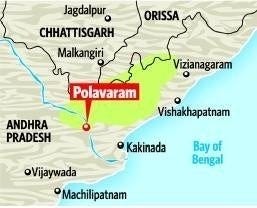
Polavaram project: Overview
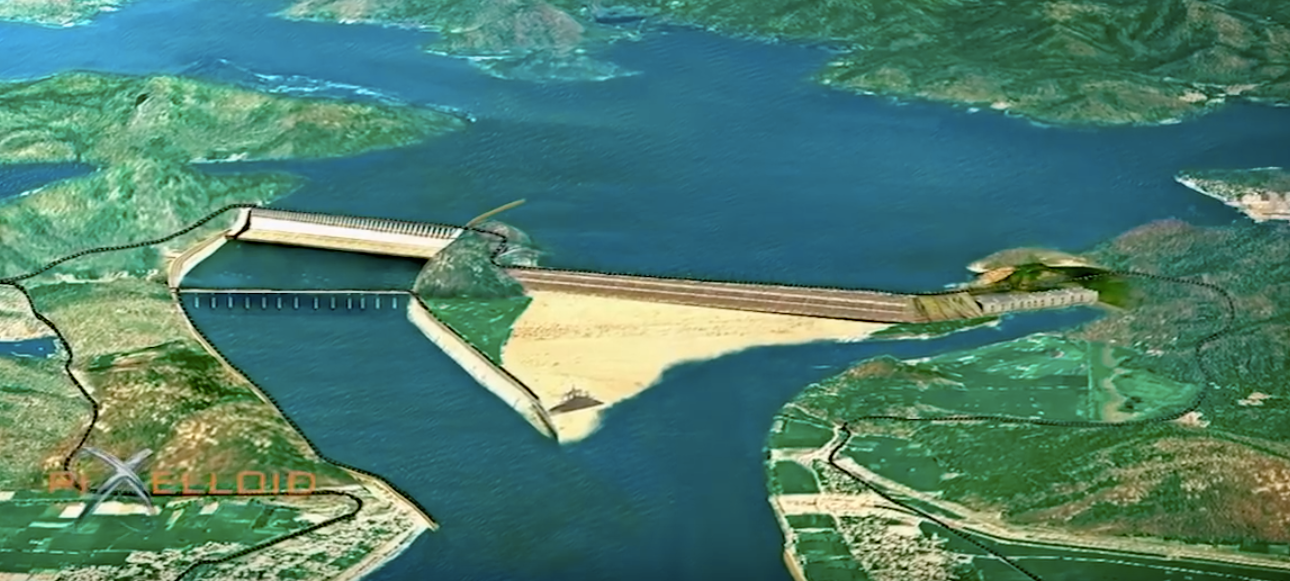
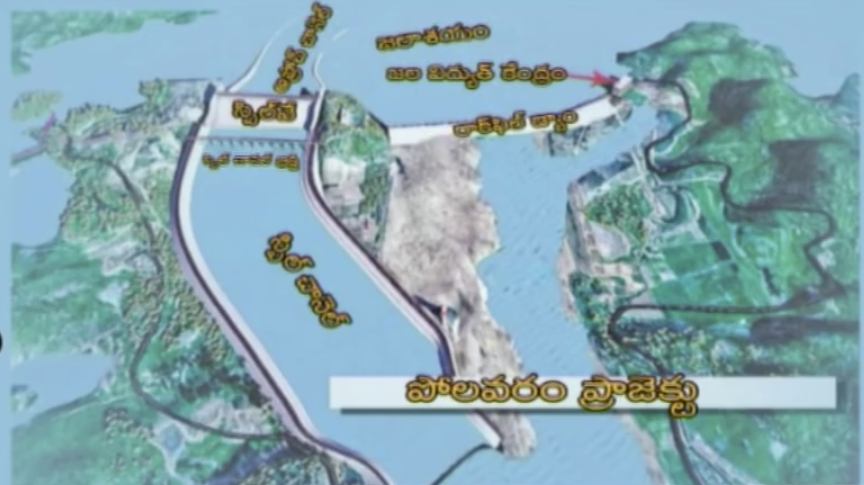
Polavaram project: Explainatory videos
The animated videos give a clear picture about the project.
Major components of the Polavaram Project:
- Spillway
- Coffer Dams
- ECRF Dam (Earth Cum Rockfill Dam) & Diaphragm wall
1. Spillway
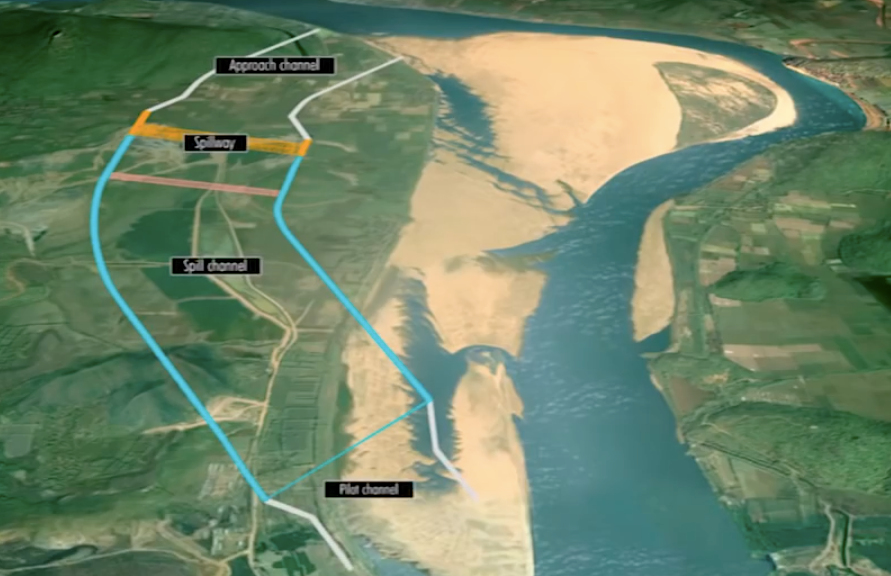
Constructing the Spillway is the first step in the process. After constructing the Spillway, 48 huge radial Spillway gates will be fitted to it.
After the gates are fitted, then the Approach and Spill channels will be constructed to channelise river water through Spillway.
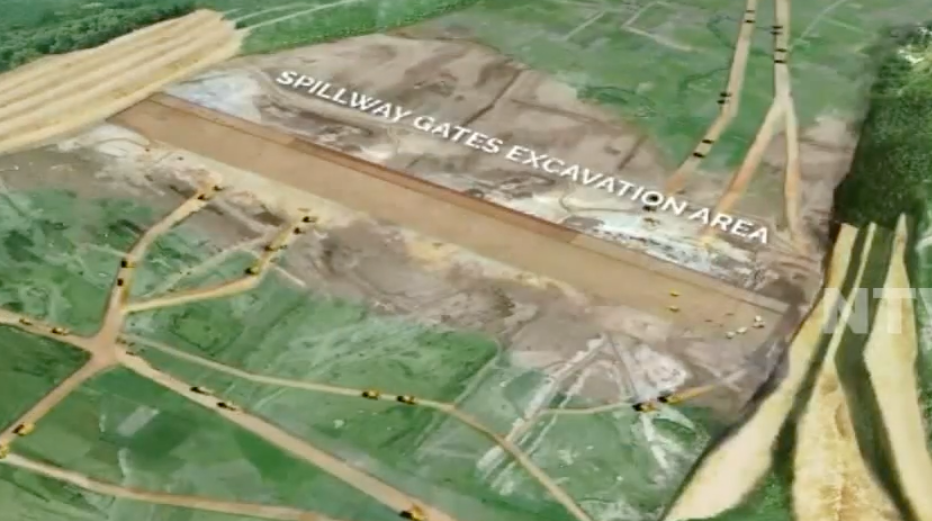
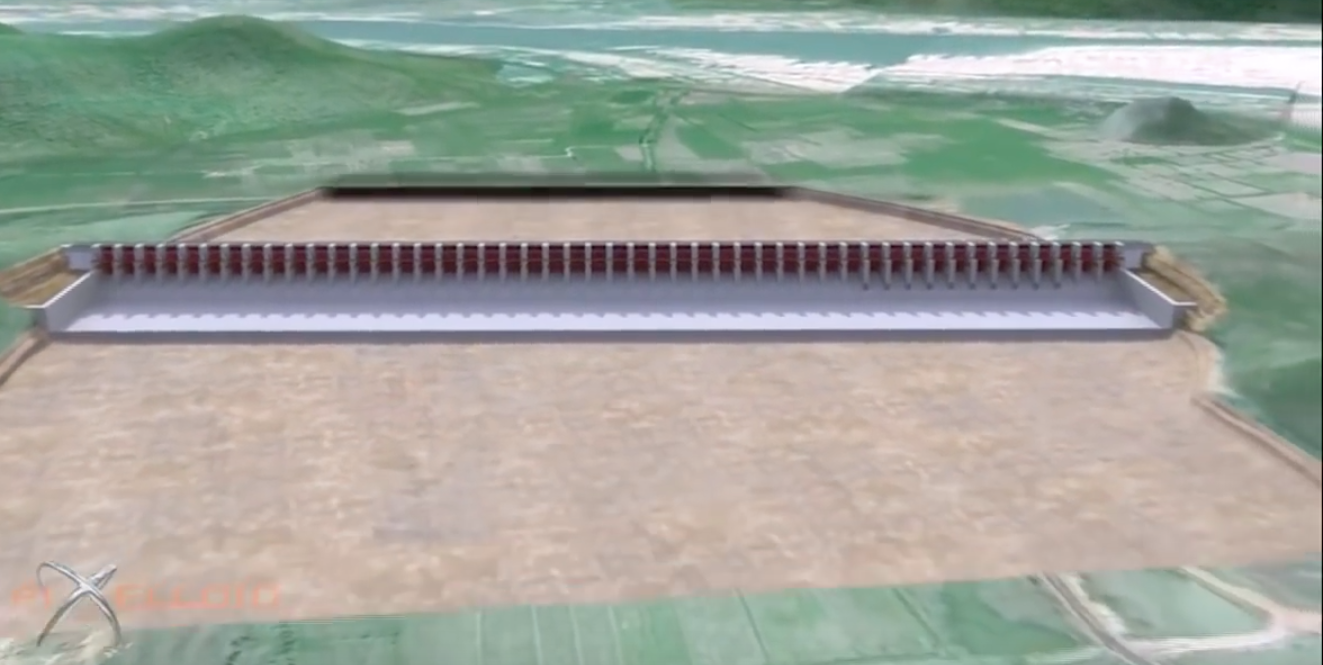
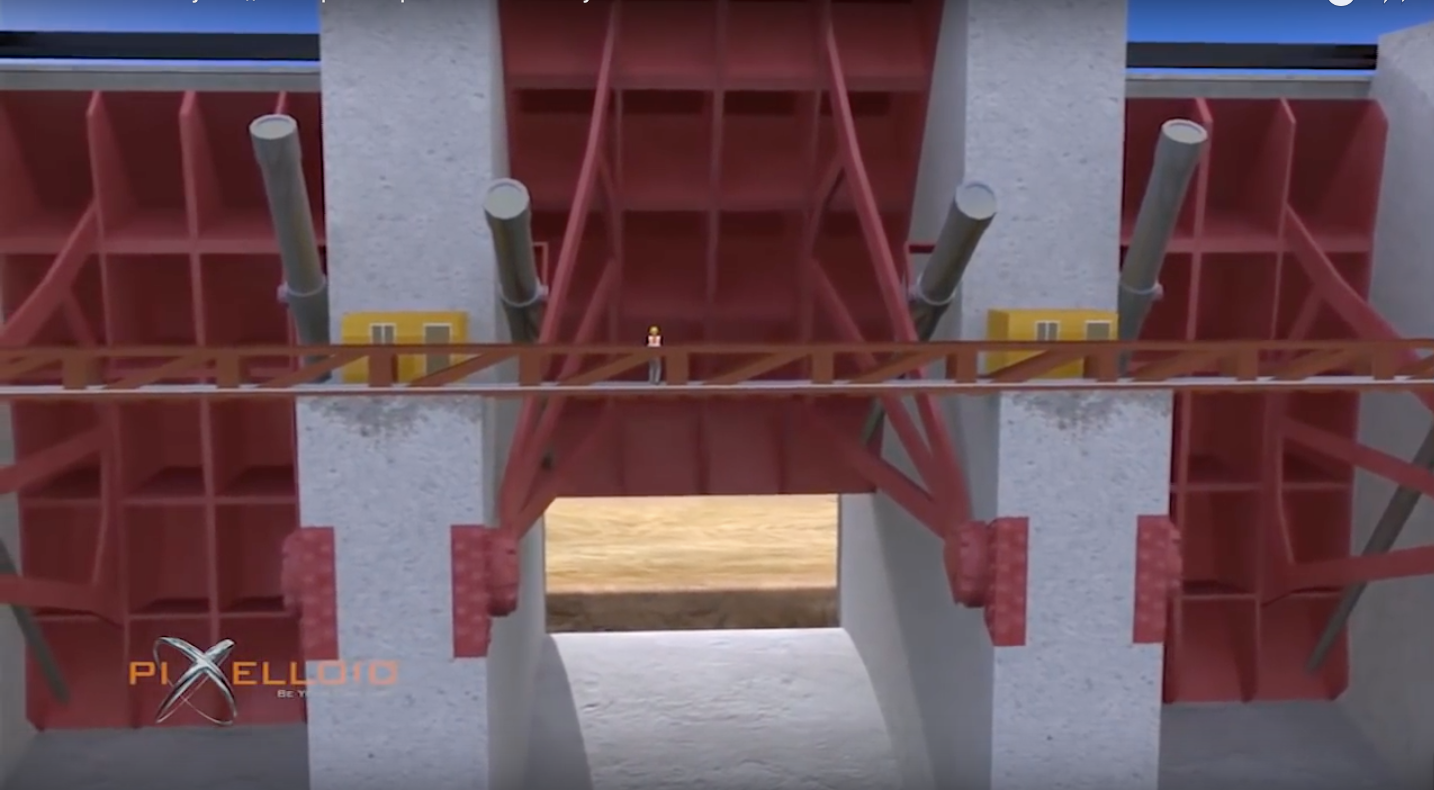
Each gate is fitted with 2 hydraulic cylinders to enable faster movement of the heavy gates, to secure dam from heavily flooded Godavari river. The 96 hydraulic cylinders for 48 gates are being manufactured in Germany.
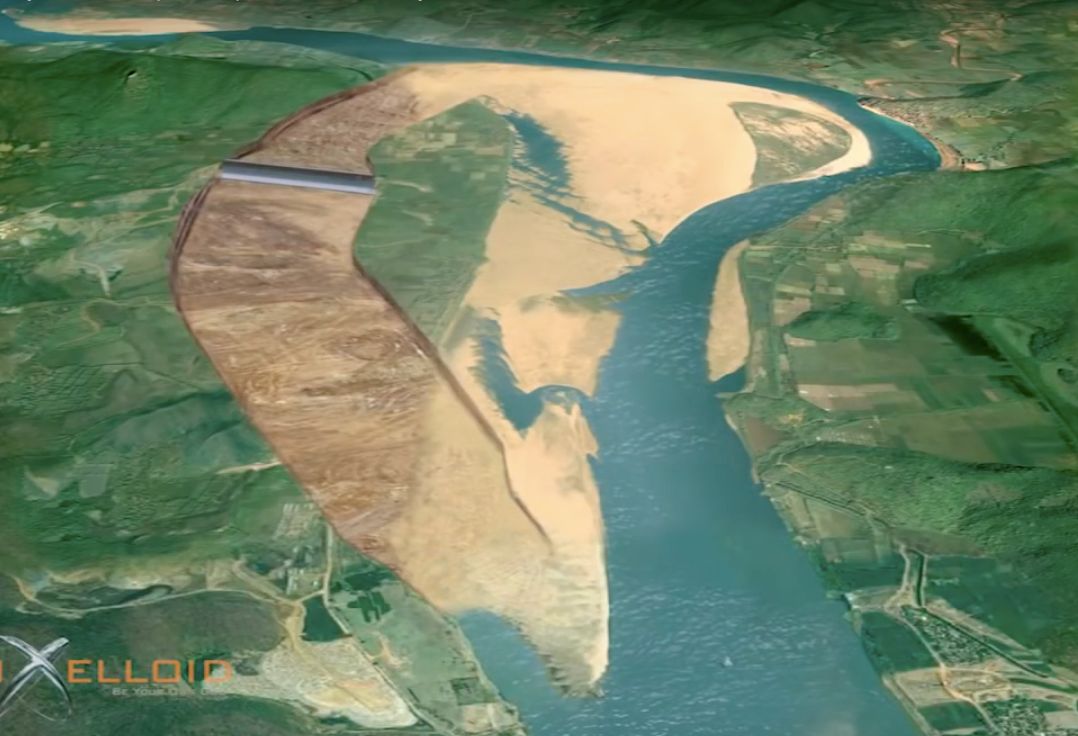
The excess flood water is released through the remote controlled spillway gates.
Spillway Dimensions: Height 45 ft; Width 1000 mts; Concrete required 17 lakh cubic metres
Spillway Radial Gate dimensions: Each Spillway Radial gate: Height 21m; Width 16m; Weight 350 tonnes
Spillway - Current status:
- Fabrication of 48 Spillway radial gates has been completed.
2. Spillway concrete works are in progress.
Target to complete the Spillway and erect the 48 Spillway radial gates: June 2018
2. Coffer Dams (U/S & D/S)

Two Coffer Dams, upstream-U/S and down stream-D/S (pink lines) will be built across the river. The main purpose of the Coffer Dams is to protect the Earth Cum Rock field Dam (ECRF Dam) from floods during construction.
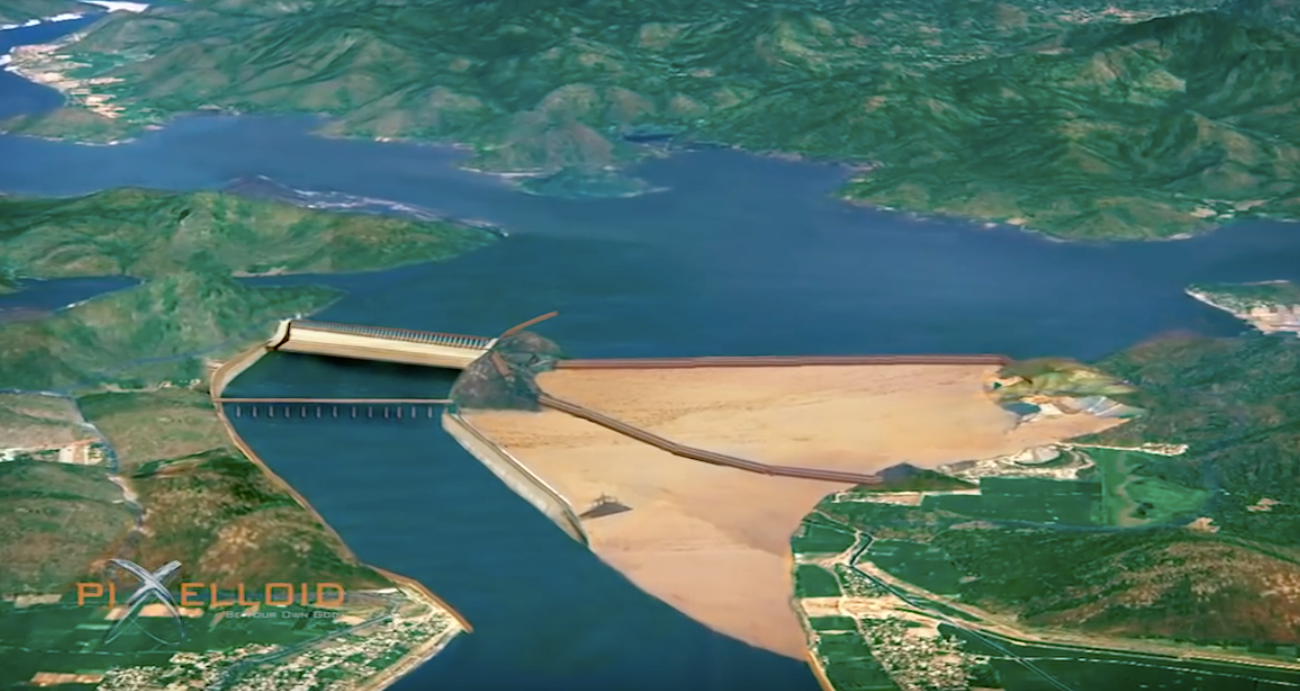
CofferDam Dimensions :
Coffer Dam U/S: Height 41m; Length 2.3 km; Width 145m; 600m from the ECRF Dam.
Coffer Dam D/S: Length 1.45 km
The Coffer dams are being built by renowned German company Keller.
Target: June 2018
CofferDam U/S can hold up to 120 TMCs of water. The state government is planning to supply water to Polavaram Right and Left Main Canals by gravity from June 2018. This is a temporary solution and will partially benefit farmers until the main dam is built.
3. ECRF Dam (Earth Cum Rockfill Dam) & Diaphragm wall
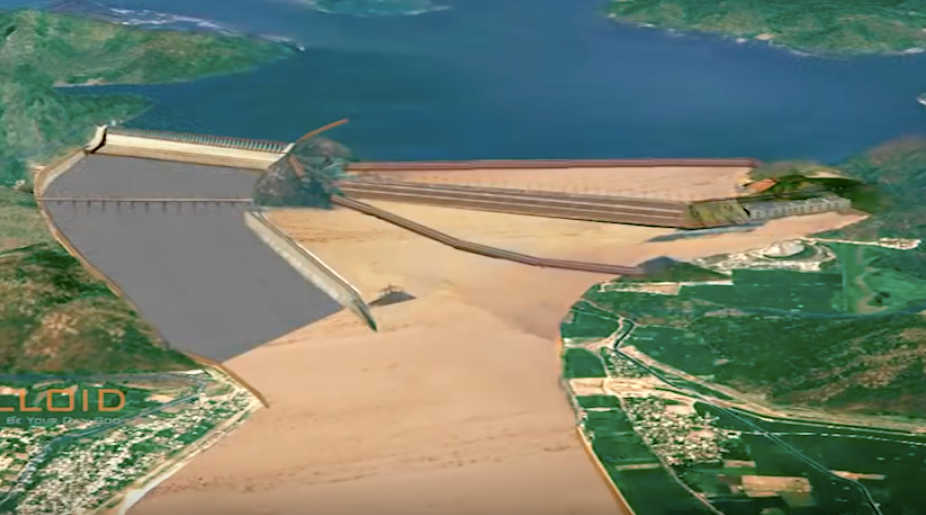
The ECRF dam will be built between the two Coffer dams.
ECRF dam is the most crucial component of the entire project, constructed across the river Godavari and plays a major role in holding river water.

The ECRF dam will be built between the two Cofferdams. It can withstand up to 50 lakh Cusecs water flow, whereas peak flow of Godavari river recorded till now is 30 Lakh Cusecs. ECRF is being built by Mega Engineering Company.
ECRF dam dimensions:
Length 1750 mts ; Height 41 ; Width 300 mts at the bottom and 30 mts in the top
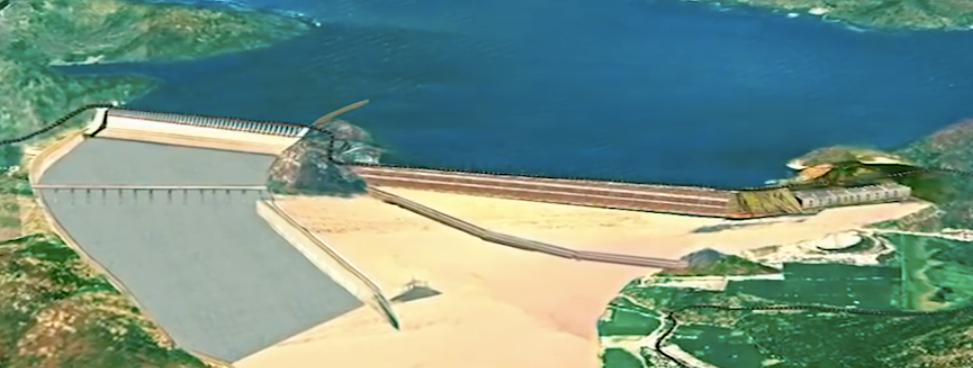
Diaphragm Wall:
Diaphragm wall is the foundation of ECRF dam. It is constructed below the ECRF dam and prevents leakage of water across the dam from the bottom of ECRF through sand pores. Without Diaphragm wall the ECRF will not sustain and will succumb to water leakage from the bottom of it.
Diaphragm wall dimensions:
Depth (below the ECRF dam) 40–100 mts; length 1450 mts; Width 1.5 metres.
Diaphragm wall is being executed as a joint venture by L&T Geo and renowned German Company Bauer.
Benefits of Polavaram Project:
Polavaram will be the biggest dam dedicated to nation after Sadar Sarovar dam on Narmada river in Gujarat. The Storage capacity of Polavaram compared to the others:
1 Polavaram Reservoir = 1/2 of Nagarjuna Sagar.
1 Polavaram Reservoir = 3/4 of Bhakra Dam.
1 Polavaram Reservoir = 1.5 Times of Tehri Dam
Immense advantage to Krishna Delta region:
80 TMCs of Godavari water can be diverted every year to the Krishna River. The Godavari water travels for 174 KM in the Polavarm Right canal with the help of gravity and then meets River Krishna at ‘Pavithra Sangamam’ near Vijayawada, located in the upstream of Prakasam barrage. The diverted Godavari water will be utilised for irrigation and drinking purposes in Krishna Delta region. The river linking benefits a whopping 14 lakh acres in Krishna delta region. Four districts Krishna, West Godavari, Guntur and Prakasam under Krishna delta region will benefit from the Godavari water.
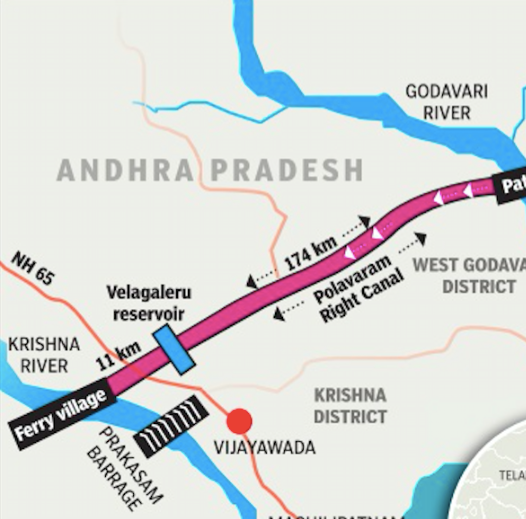
2. Boon to Rayalaseema region:
The Krishna river water meant for the state of Andhra Pradesh is currently being shared by Rayalaseema and Krishna Delta regions. But with 80 TMCs of Godavari water being diverted for Krishna Delta region, the entire Krishna river water meant for AP will be utilised for Rayalaseema region. Earlier the Krishna water meant for AP was shared between both the regions.
This move will help Rayalaseema region a great deal to get additional water. The region has very minimal rainfall, and revival of the entire Rayalaseema region depends on supplying water through irrigation projects.
Before Polavaram-Krishna river current flow:
Srisailam dam (Krishna delta share of AP Krishna water) -> Nagarjuna Sagar dam -> Prakasam Barrage
Srisailam Dam (Rayalaseema region share of AP Krishna water) -> Rayalaseema region
After Polavaram: Krishna river current flow:
Srisailam dam (Entire Krishna river water share of AP) -> Pothireddipadu Head Regulator -> Rayalaseema districts
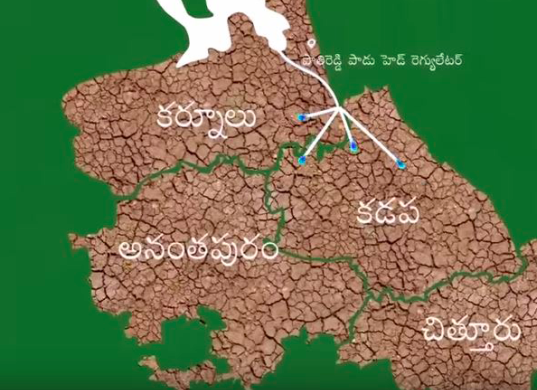
Four Rayalaseema districts Kurnool, Kadapa, Cuddapah and Anantapur will benefit from the additional Krishna river water, which was earlier meant for Krishna delta region.
3. Beneficial to Northern Andhra districts:
The Polavaram Left Main Canal, running about 175 km, is designed to divert 24 TMC of Godavari water. Four districts East Godavari, Vizag, Srikakulam & Vizianagaram will benefit from Left Main Canal.
The diverted water will be utilised for:
- Industrial, drinking water needs of Visakhapatnam city.
- Irrigation & drinking water needs of East Godavari and Vizag districts. Water from Left Main canal is diverted to Yeleru reservoir which has a capacity of 24 TMCs. The water stored in Yeleru reservoir can be utilised for East Godavari and Vizag districts. 2.15 lakh acres across both the districts are benefited from Godavari water.
- Government is exploring options to build reservoirs and to divert some of the water to Srikakulam and Vizianagaram districts.
4. Power Generation:
The hydroelectric power project will enable 960 Mega Watt power generation, which would be very crucial for the new state
Miscellaneous facts:
- Revised estimated Budget: 50,000 crores. Out of which 32,000 crores will be spent for land acquisition, relief and rehabilitation. A sum of 7000 crores has been spent so far for the project.
2. 32 lakh cubic metres of concrete will be required for the entire project.
3. About 2.7 lakh cubic metres of concrete work has been completed so far.
3. A huge mountain had to be cleared off as a part of spillway channel works.
4. Heavy machinery has been imported from many countries to speed up the construction process.
Conclusion:
The much-awaited Polavaram project is running behind the targets but the works have been accelerated a lot in the past 6 months. AP CM Chandrababu Naidu is monitoring the construction process personally and has been visiting project site frequently.
As of now only 30% of the entire project has been completed. But the Government is very confident and pumped up to complete the entire project by 2019. Government is planning to supply water to Right and Left main canals from 2018 itself by completing the Coffer Dam.
Jaya Prakash Narayan’s remarks: JP visited the project site recently and was very impressed by the pace of the construction work. He told that he is very confident that project will be completed by 2019.
The entire state is looking forward to the completion of the lifeline project and eager to reap the benefits of it!
















Comments
Post a Comment